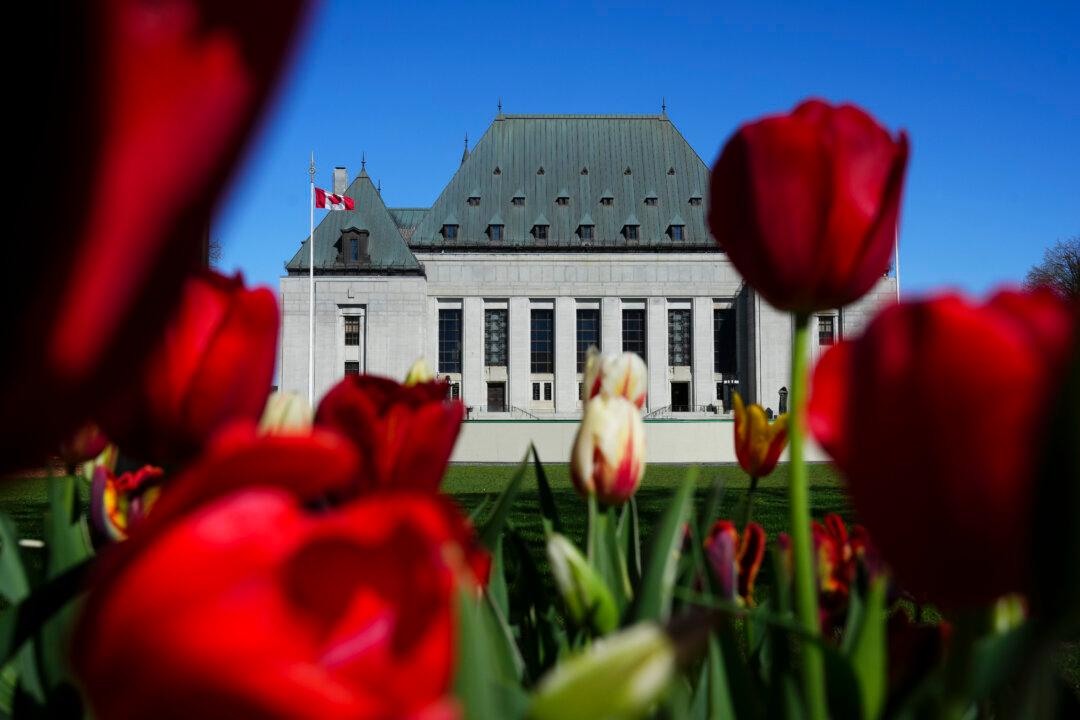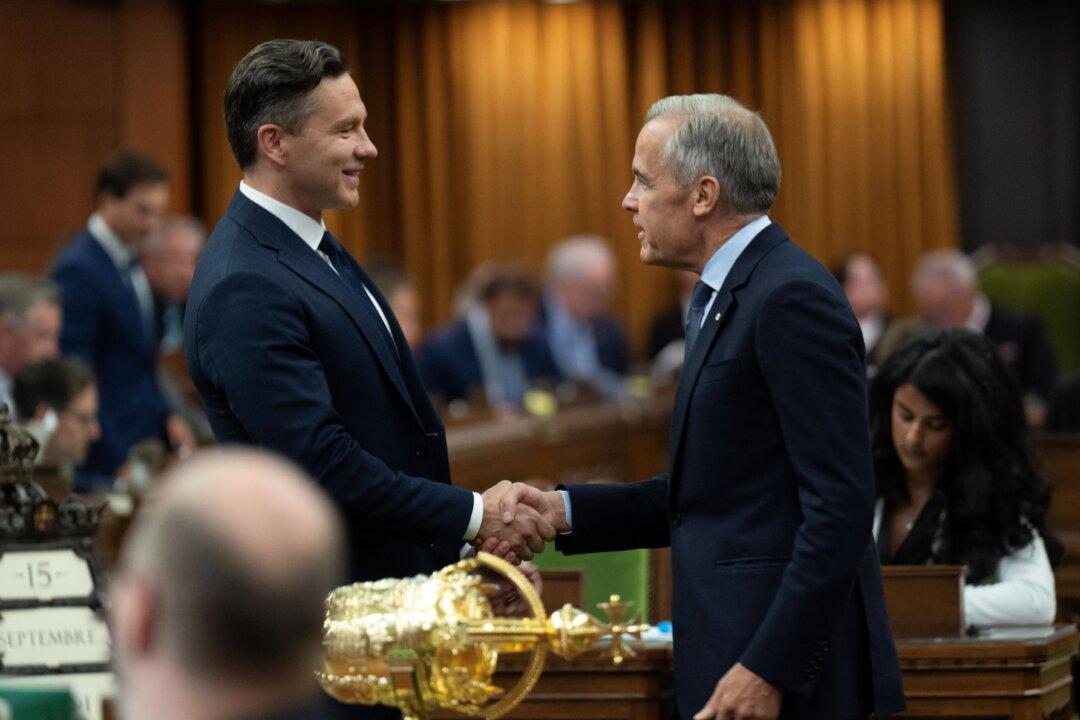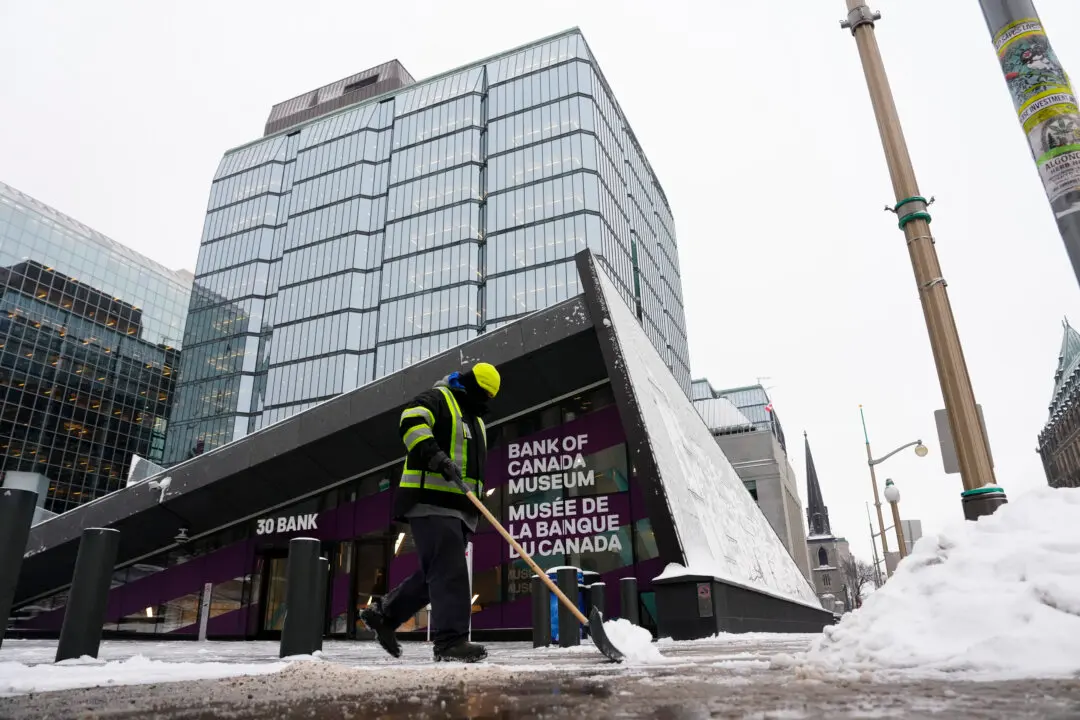As governments increasingly resort to the notwithstanding clause, some say it signifies further erosion of democracy and charter rights, while others argue it’s because “overreaching” courts aren’t allowing democratically elected lawmakers to carry out their mandates.
The clause is once again drawing attention after media reports honed in on April 29 comments by Conservative Leader Pierre Poilievre that he would tackle crime by using “whatever tools the Constitution allows me to use to make them constitutional.”





